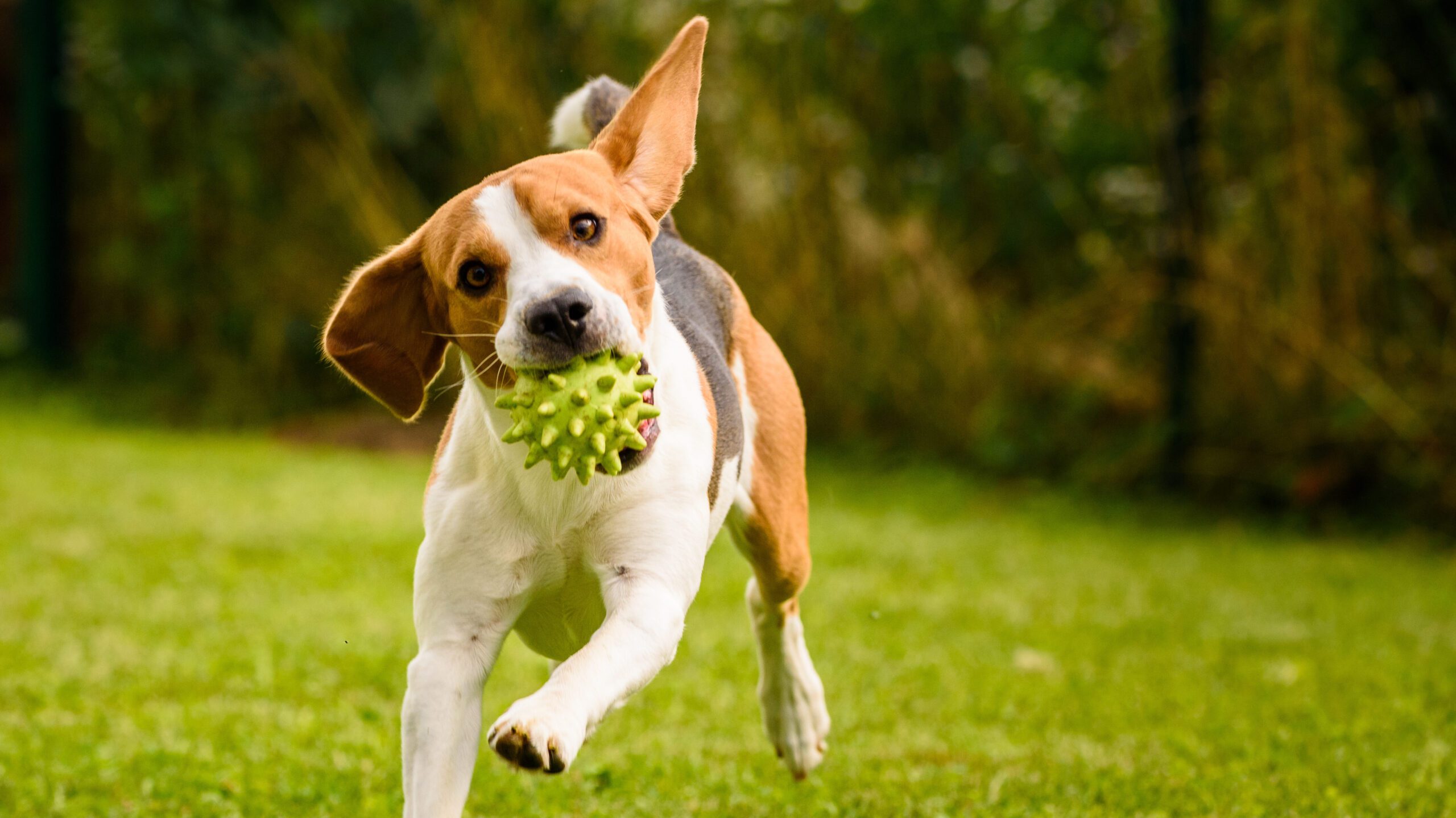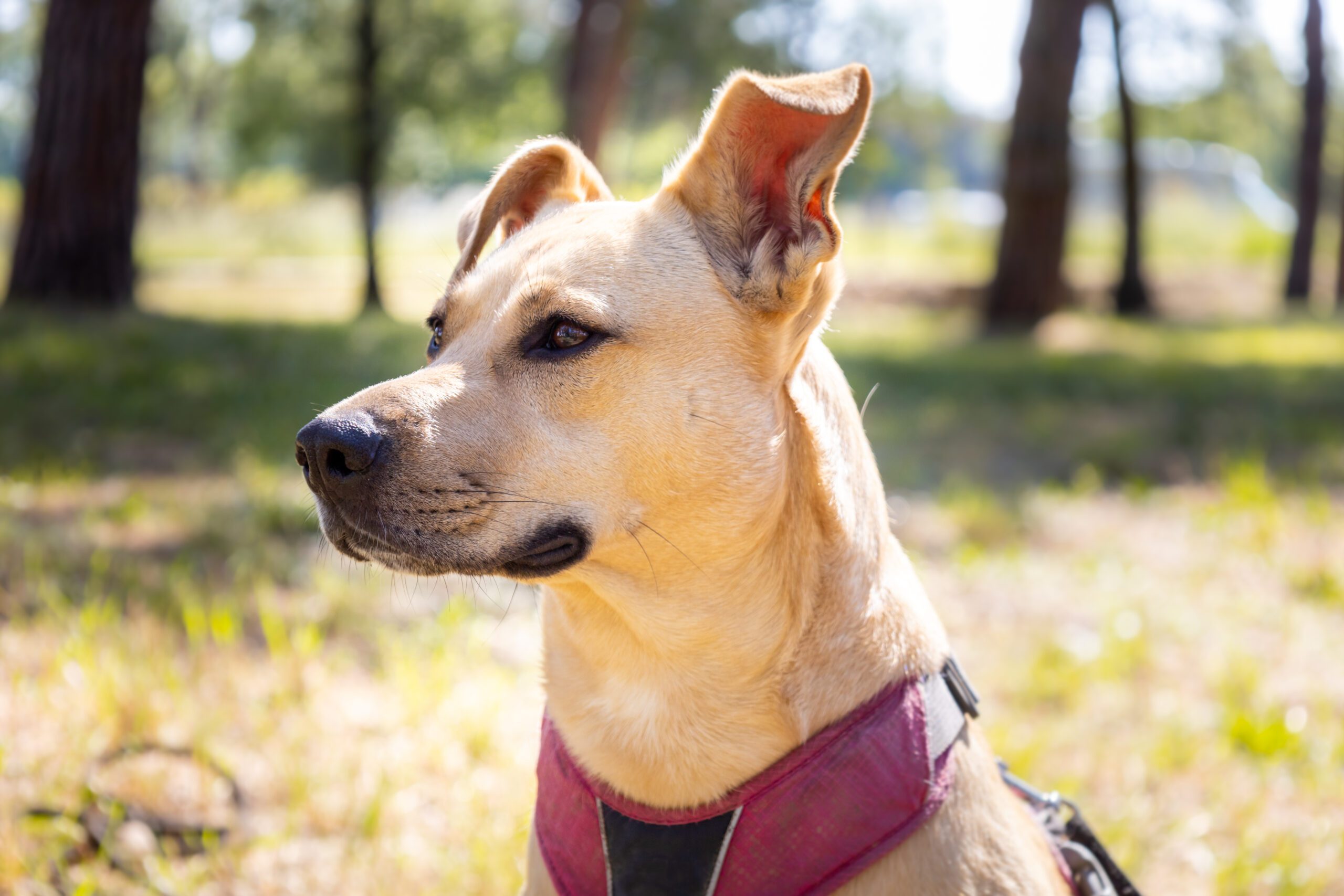Training your dog is not only a rewarding experience but also crucial for their well-being and household harmony. By teaching your dog basic commands, you establish a foundation of communication and discipline. In this article we’ll outline essential commands every dog should learn, along with practical tips to help you achieve success. We will also discuss the differences between do-it-yourself (DIY) basic dog training and attending professional classes.
Basic Commands to Learn
Sit
Teaching your dog to sit is a fundamental command. Begin by holding a treat close to their nose and then raise it gradually, causing their head to follow. As their head moves up, their bottom will naturally lower. Once they are in a sitting position, say “Sit” and reward them with the treat.
Tips:
- Use positive reinforcement techniques such as treats, praise, and petting.
- Be consistent with your commands and reward timing.
- Practice in a quiet environment initially, gradually adding distractions as your dog progresses.
Stay
The “Stay” command is essential for keeping your dog in one place until you give them permission to move (it’s obvious, but important to mention its importance). Start by asking your dog to sit, then extend your hand in front of their face, palm open, and say “Stay.” Take a step back and reward them if they maintain the position. Gradually increase the distance and duration as they become more proficient.
Tips:
- Use a release word like “Okay” to signal the end of the stay.
- Avoid rushing the progression. Gradual increases in distance and time will lead to better results.
- Practice in different locations and gradually introduce distractions.
- Don’t get too angry if your dog get’s distracted – you don’t want this to be associated with stress or fear.

Come
The “Come” command is crucial for recall and safety. Start by getting down to your dog’s level and calling their name, followed by the command “Come” in an enthusiastic tone. Use treats or a favorite toy as a reward when they come to you.
Tips:
- Never scold or punish your dog when they come to you, even if they took longer than expected.
- Practice in a controlled environment with minimal distractions before advancing to more challenging situations.
- Gradually increase the distance between you and your dog when practicing the command.
Lie Down
The “Lie Down” command teaches your dog to settle down and relax. Begin with your dog in a sitting position, then hold a treat close to their nose and move it downward, parallel to the ground. As they follow the treat, their body will lower, and they should naturally lie down. Say “Lie Down” and reward them.
Tips:
- Use a soft surface or mat to make it more comfortable for your dog to lie down.
- Patience is key. Some dogs may take longer to learn this command, so keep the training sessions short and positive.
- Use the “Stay” command after your dog lies down to reinforce the position.
- Some dog breeds naturally dislike the lying down position because they feel more vulnerable. If your breed is one of these, don’t force it.
DIY Training vs. Professional Classes
DIY Training
- DIY training allows you to work at your own pace and within your schedule.
- It promotes a stronger bond between you and your dog as you are the primary trainer.
- However, it requires research, patience, and consistency from the owner, especially if encountering challenges or behavioral issues.
Professional Classes
- Attending professional classes provides structured training and guidance from experienced trainers.
- Classes offer socialization opportunities for dogs, helping them become more comfortable around other animals and people.
- Trainers can address specific issues or concerns that may arise during the training process.

Basic dog training is essential for creating a well-behaved and happy canine companion. By teaching commands like sit, stay, lie down, and come, you establish clear communication with your dog. Whether you choose DIY training or attend professional classes, consistency, positive reinforcement, and patience are key to achieving success. Remember to enjoy the process and celebrate every milestone with your furry friend!





